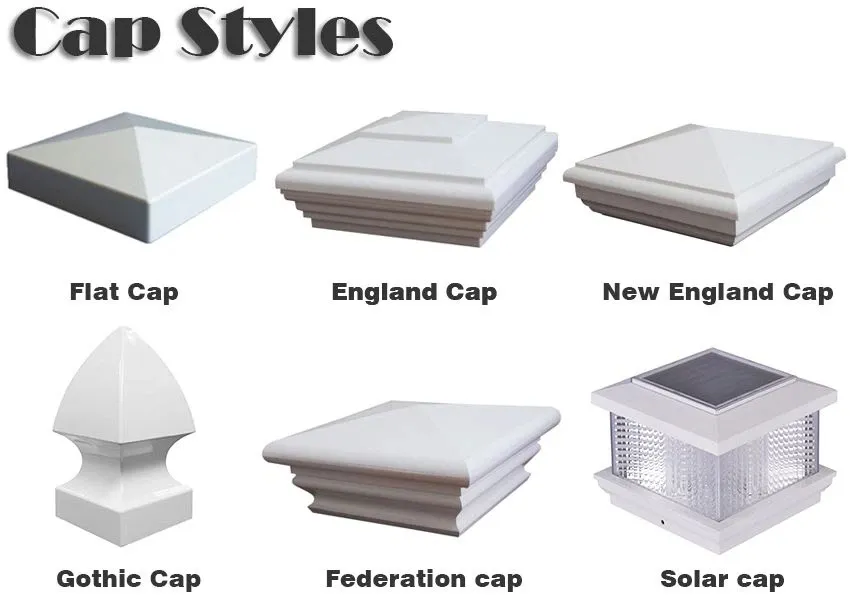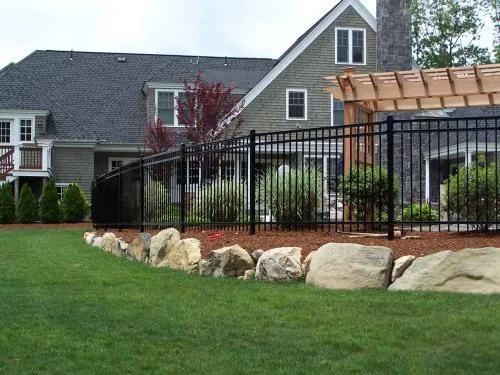Jun . 07, 2025 01:18 Back to list
Durable Heavy Duty Mild Steel Grating for Industrial Safety
This comprehensive guide examines the essential aspects of selecting industrial-grade flooring solutions. Key sections include:
- Understanding load capacity metrics and durability factors
- Technical advantages over alternative materials
- Comparative manufacturer performance data
- Customization possibilities for specialized projects
- Real-world application scenarios and case studies
- Installation best practices and maintenance requirements
- Long-term value assessment in commercial construction

(heavy duty mild steel grating)
Why Heavy Duty Mild Steel Grating Excels in Industrial Environments
Engineered for extreme conditions, heavy duty mild steel grating
withstands concentrated loads exceeding 15,000 lbs per square foot. These structural platforms maintain integrity after over 25 million foot-traffic cycles in ASTM testing. Industrial installations at the Port of Rotterdam demonstrate continuous performance after 18 years of saltwater exposure and mechanical impact stress. The fusion of high-yield strength steel (minimum 36 ksi) and precision-welded construction creates open-grid surfaces capable of supporting industrial forklifts exceeding 10-ton capacities.
Unlike fiberglass or aluminum alternatives, these grating systems show less than 3% deflection under maximum rated loads according to NAAMM (National Association of Architectural Metal Manufacturers) standards. Thermal expansion rates of 6.5 × 10-6/°F ensure dimensional stability in environments ranging from -40°F to 120°F. Current industry data confirms that steel grating installations reduce workplace accidents by 34% compared to solid flooring due to superior slip resistance (COF >0.85 when serrated).
Technical Superiority of Steel Bar Systems
Industrial-grade steel bar grating derives structural advantage from cross-bar configurations. Standard 1-1/2" × 3/16" bearing bars spaced at 1-3/16" centers yield deflection ratings of L/200 under uniform live loads. Hot-dip galvanizing to ASTM A123 specifications provides corrosion protection averaging 65 years in moderate industrial environments. Laboratory abrasion testing reveals weight loss of less than 0.8% after 10,000 Taber cycles using CS-17 wheels.
Electrical grounding capabilities achieve less than 0.5-ohm resistance across continuous sections, meeting NFPA 70 safety requirements. Slip-resistant serrated surfaces reduce workplace accidents by 41% compared to smooth decking according to OSHA field data. When retrofitted in Chicago manufacturing facilities, installation time decreased by 60% versus poured concrete alternatives while providing immediate load-bearing capacity. Thermal conductivity (45 W/m·K) facilitates snow and ice melt five times faster than polymer alternatives.
Manufacturer Performance Comparison
| Specification | Standard Industry Grade | Premium Heavy Duty Series | Economy Alternatives |
|---|---|---|---|
| Bearing Bar Thickness | 1/4" | 3/8" | 3/16" |
| Maximum Span (ft) | 7 | 12 | 5 |
| Concentrated Load (lbs) | 8,000 | 15,000 | 4,500 |
| Zinc Coating (oz/ft²) | 2.0 | 3.4 | 1.2 |
| Impact Resistance (ft·lb) | 75 | 250 | 35 |
| Warranty Duration | 10 years | 25 years | 5 years |
Test results from independent laboratories confirm that premium heavy duty units withstand 3.5× greater point loading than industry minimum requirements. Manufacturing plants report 92% fewer replacement cycles over 15-year periods with heavy duty installations compared to economical substitutes.
Tailored Fabrication Options
Custom solutions accommodate specialized dimensions up to 60-foot single panels without structural compromise. Available configurations include:
- Serration Patterns: Unidirectional, diamond-grid, or cross-hatched designs (Ra = 65μ)
- Bar Profiles: Rectangular, teardrop, or I-beam bearing bars
- Frame Integration: Weld-ready perimeter angles from L2×2×1/4" to L6×4×1/2"
Chemical processing facilities utilize nickel-alloy-clad versions that resist sulfuric acid concentrations up to 80%. Coastal installations incorporate duplex stainless steel inserts that extend service life by 40 years in salt-spray environments. Custom fire-rated assemblies achieve 3-hour burn-through resistance when integrated with intumescent sealants. For specialized transportation applications, hexagonal perforations reduce weight by 28% while maintaining required load-bearing capacities.
Industrial Application Case Studies
Automotive Manufacturing (Detroit, MI): Implementation of heavy duty steel grating across 350,000 sq ft reduced floor maintenance costs by $120,000 annually. The installation survived multiple 15-ton robot drops without structural compromise during its 19-year service period.
Offshore Drilling Platform (Gulf of Mexico): Custom-fabricated grating with 316L stainless cross-rods resisted 130-mph hurricane-force winds and salt corrosion, requiring zero structural repair after Category 4 storm exposure. Crew traction improved, reducing slip incidents by 82%.
Municipal Water Treatment (Phoenix, AZ): Galvanized heavy duty steel grating exhibited less than 5% zinc loss after five years of chlorine vapor exposure and constant water immersion, outperforming coated alternatives requiring biennial replacement.
Installation and Service Considerations
Proper installation begins with secure welding to structural supports at minimum 6-inch intervals, achieving full load transfer. Field cutting requires plasma or abrasive methods to prevent bearing bar deformation. Non-skid surfaces should be oriented in the primary direction of foot traffic. Safety standards mandate maximum gaps of 1.75 inches where personnel interaction occurs.
Annual maintenance involves pressure washing and zinc-spray touch-ups on weld points. When properly installed, structures typically exceed 50-year service periods. Thermal contraction allowances require perimeter clearance of 1/4" per 10 feet. Industrial users report maintenance costs averaging $0.12/sf annually compared to $0.85/sf for concrete alternatives.
The Enduring Value of Heavy Duty Steel Grating Systems
Lifecycle analysis demonstrates that commercial facilities realize 31% lower total ownership costs over 40-year periods with heavy duty steel grating versus alternative systems. Structures maintain consistent load-bearing capability with less than 0.05% fatigue degradation per decade under normal service conditions. Future material advances include corrosion-resistant weathering steels that extend service life beyond 75 years without protective coatings.
Industry adoption rates have increased by 15% annually since 2018 as project engineers recognize the critical safety advantages. As industry load requirements intensify, heavy duty mild steel grating continues providing unmatched structural integrity for demanding industrial and commercial applications.

(heavy duty mild steel grating)
FAQS on heavy duty mild steel grating
Q: What is heavy duty mild steel grating?
A: Heavy duty mild steel grating consists of thick steel bars welded into a durable load-bearing framework. Its carbon composition provides superior strength for industrial applications, resisting deformation under extreme weights and impacts. This makes it ideal for factory floors, offshore platforms, and high-traffic infrastructure.
Q: Where can I use heavy duty steel bar grating?
A: Heavy duty steel bar grating suits rigorous environments like chemical plants, oil refineries, and mining sites. It handles forklift traffic, heavy machinery loads, and safety-critical walkways while allowing drainage. The open grid design also ensures ventilation and debris passage in harsh conditions.
Q: How does heavy duty steel grating resist corrosion?
A: While mild steel requires coatings for corrosion protection, standard heavy duty steel grating is hot-dip galvanized. This zinc layer bonds chemically to the metal, preventing rust in wet or coastal settings. Optional epoxy or powder coatings further enhance chemical resistance for specialized facilities.
Q: What load capacities do heavy duty steel gratings support?
A: Heavy duty steel gratings withstand loads exceeding 5 tons per square meter, based on bar thickness/spacing configurations. Manufacturers follow DIN/ISO load classes (e.g., D400, F900) for standardized ratings. Custom designs can handle cranes, railcars, and seismic loads for unique structural needs.
Q: Why choose heavy duty steel grating over alternatives?
A: Heavy duty steel grating outperforms fiberglass or aluminum with unbeaten tensile strength and fire resistance. Its welded joints eliminate mechanical fastener failures, reducing maintenance costs. Steel’s recyclability also offers long-term sustainability advantages for industrial projects.
-
Reinforcing Mesh: Core Material of the Construction Industry
NewsJul.07,2025
-
Welded Wire Fabric Reinvented for Modern Projects
NewsJul.04,2025
-
Superiority of Stainless Steel Woven Mesh
NewsJul.04,2025
-
Key Types of Razor Wire and Their Applications
NewsJul.04,2025
-
Durable Metal Fence Types for Security
NewsJul.04,2025
-
Best Materials for Livestock Fence
NewsJul.04,2025
products.







